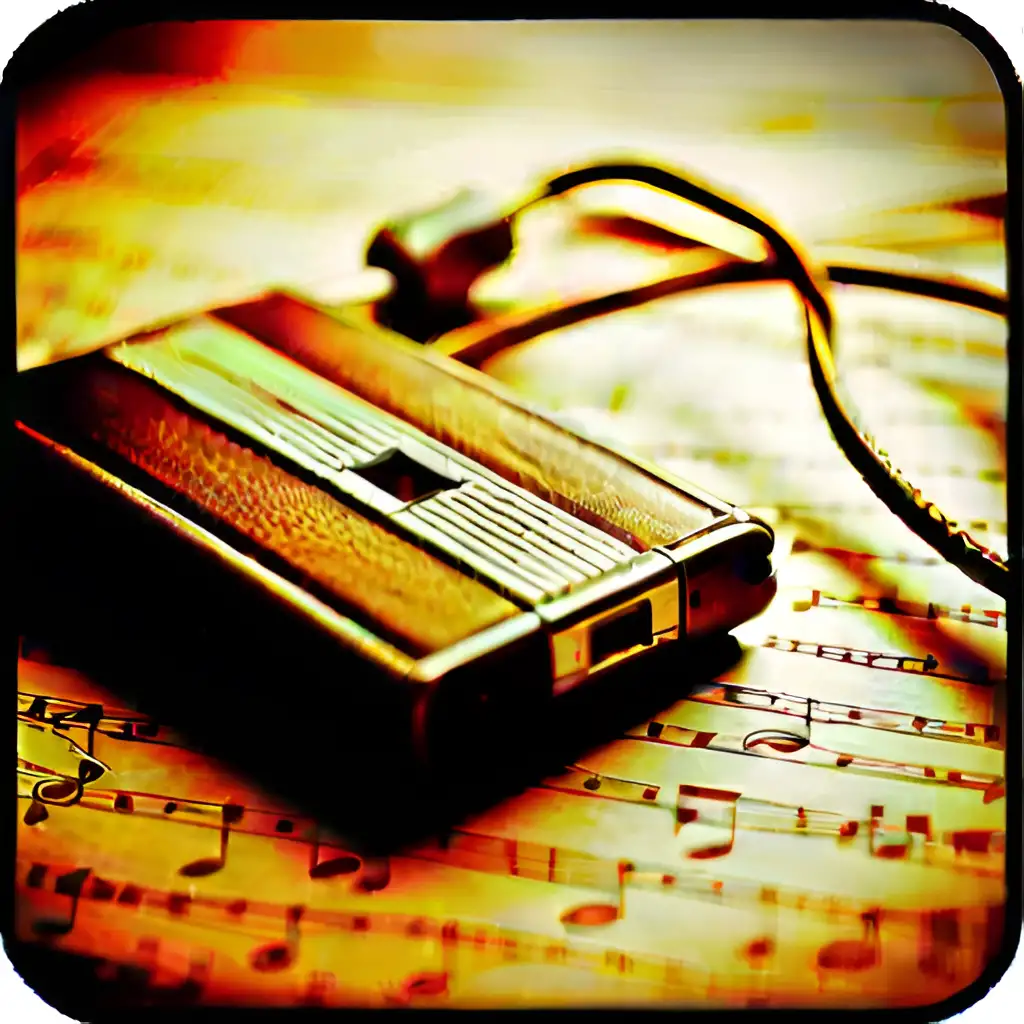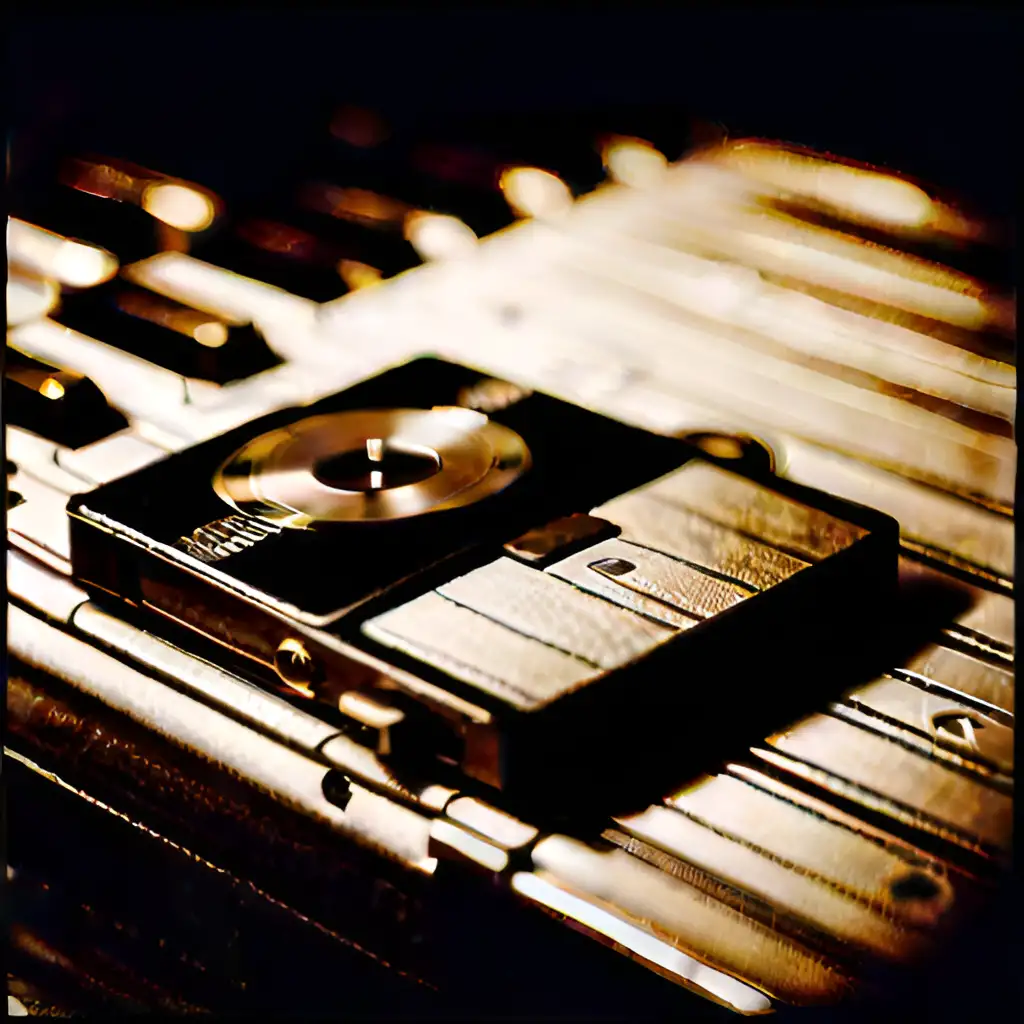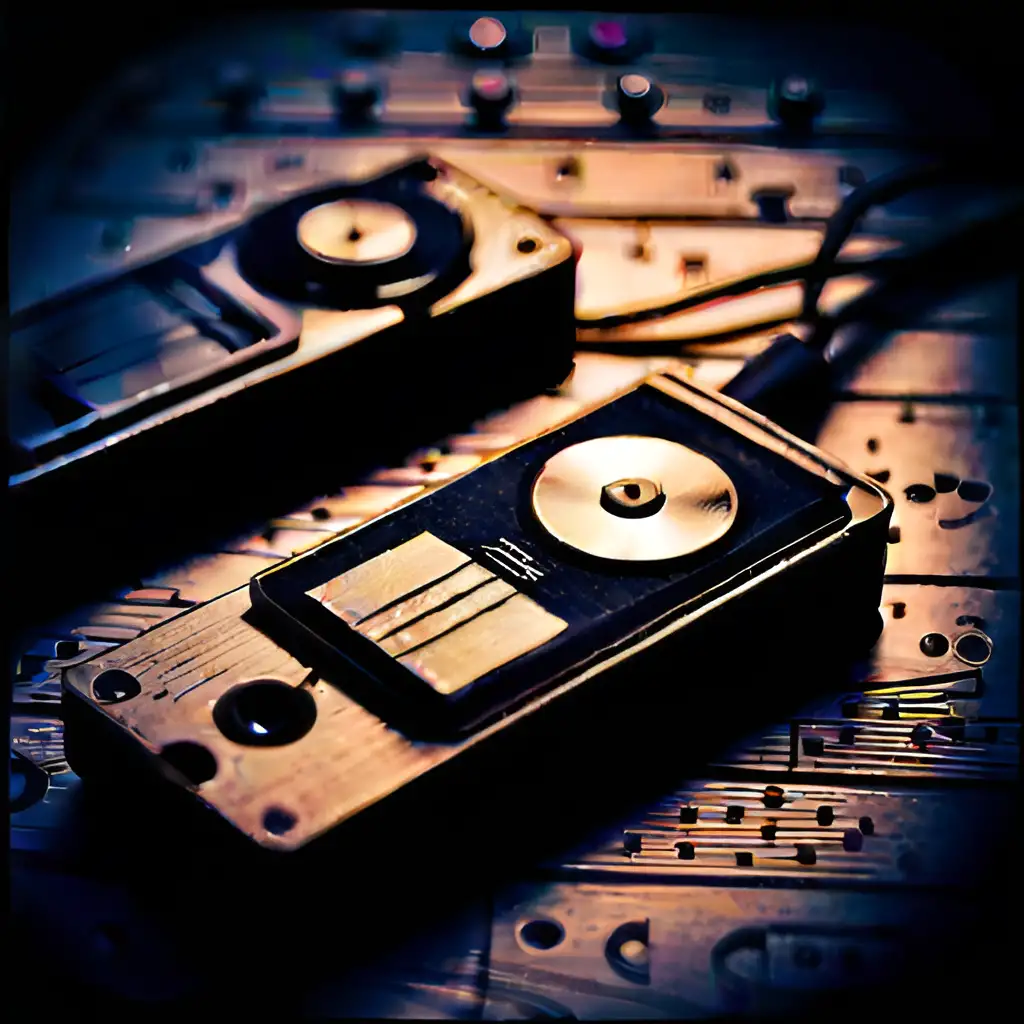Pocket-sized Beats: How Portable Music Devices Revolutionized Our Tunes
From Walkmans to the evolution of portable music & it's impact on our musical experiences.
Music has been an integral part of human culture for centuries. From live performances to radio broadcasts, there have been many ways to consume and engage with music over the years. However, with the advent of portable music devices, such as the walkman and smartphones, the way we consume and engage with music has been revolutionized. These advancements have not only changed the way we listen to music but also how we create, distribute, and market it. In this article, we'll explore how portable music devices have shaped the music industry and the way we interact with music.
History of Portable Music Devices
A long time ago, listening to music was quite different from what we are used to today. Actually, it is not necessary to go back too much, if you go to the 90s you will see a huge difference but let’s start from the beginning.
The Evolution of Music Formats: From Phonographs to Walkmans
In the past, people didn’t have the possibility to listen to music at their homes. To experience this they had to go to a theatre or concert in which they could see musicians performing live. In 1877, Thomas Edison brought life to a new invention, the phonograph. This device allowed recording vibrations in a wax cylinder and could be played in the comfort of people’s homes. Thanks to that, the machine was largely sold and caught the attention of American enterprises that wanted to commercialize the product overseas. As the year passed, the cylinder slowly changed its shape until became a completely new way of listening to music: the vinyl.

In 1948, Columbia Records introduced flat disks in which many songs could be included. During the past century, vinyl was the dominant format to listen to music, and with blues and rock n’ roll music, sales increased resulting in sold-out albums.
Ten years later, in 1958 a new way to experience music came. When first introduced, the magnetic tape wasn’t a game changer but its portability resulted in the inspiration for innovative ideas. Firstly, artists could record their music on smaller devices, which was way more convenient. Secondly, carmakers thought that including tape players would be a great upgrade for vehicles. By the late 60s, every car was equipped with 8-track players so road trips were way more enjoyable, and cassette tape sales highly increased.
However, to enjoy the music you needed a device where you can play it. Whether you had vinyl or magnetic tape, you still required an 8-track player or a phonograph. It wasn’t until 1981 that things really changed for music lovers. At that time, Sony released a revolutionary new device: the walkman. Although may sound weird for young teenagers, this device was the first portable music player. With your walkman, you could listen to your music whenever and everywhere. You just needed your cassettes, a pair of headphones, and of course a set of good batteries. But it wasn’t just a game changer for listeners, artists also started to think differently about their projects. Besides, it was at that time when MTV raised, giving the opportunity of marketing and spreading their music. Albums weren’t just about music, the image of the artist raised importance.

The Digital Era: CDs, Piracy and Streaming Services
In 1982, music in a digital format started to commercialize with the appearance of the compact disc. The interesting thing about this format was that provided portability and also durability, the recordings didn’t wear from usage as much as vinyl and tapes. Although the CDs offered a lot of benefits compared with their analogic counterpart, they didn’t launch until the year 1988 when approximately 400 million CDs per year were produced. Thanks to the boom of CDs, the industry profits peaked at $14.6 billion only in the United States in 1999. However, the higher you climb, the harder you fall, and in that same year things got hard.
When software like Napster appeared, the way of listening to music really changed. Napster consisted of a peer-to-peer sharing app based mainly on digital audio file distribution. If you wanted to get a new album you just had to look it up there and you got it for free. This obviously wasn’t well received by musicians and affected the industry, leading the CD sales to plummet and bringing disputes among artists and the website being Metallica drummer Lars Ulrich’s the most famous. After long and expensive legal battles, the sites shut down but the damage was already done, and the spread of music through the internet and piracy only increased.

With the introduction of the iPod in 2001 and Mp3 players digital downloads showed a boom again but it wasn’t enough to compensate for the decrease in physical format sales. Therefore, if the artists wanted to make a profit from an album released and bring in the dough, they were forced to perform live and tour more.
What came during the following decade was the streaming services, nowadays is a part of our daily life but back in time was quite revolutionary. They operated offering limited music libraries or as online radio stations making their profits from ads. However, the game changer was that Swedish company that appeared in 2011. Of course, we are referring to Spotify. This company provided breakthroughs because managed to do what others couldn’t. Spotify licensed a wide music gallery so users replaced owing albums or records by paying monthly to access their music library which consists of all music from around the globe.
In the following years, there was an explosion, and following the steps of Spotify, lots of companies started to offer their own music streaming services like Apple Music, YouTube Music, Amazon Music, Tidal, etc. This led musicians and labels to count on these platforms for the vast majority of their earnings but many artists also complain about not being paid as they should be, which is quite contradictory. Although streaming companies focus more on growth than profits, in their statistics they show a large revenue and it is still unclear why this happens with artists.

The Impact of Streaming Services on the Music Industry
The advent of these services brought about several changes in the industry as artists began to rely more on streaming platforms to distribute their music. While a few years ago, musicians were trying to get the attention of a record company to fund and boost their careers, today it is not necessary to have a record label to distribute your music.
This new method of today's era favors emerging artists and independent musicians, giving them a possibility at their fingertips (or the click of a button) that was unimaginable in the past. As mentioned above, streaming services are more focused on expansion than on the economic growth of artists. This means that in order for a band or artist to make any kind of financial profit, they have to go out and play live, drawing a parallel to what happened in the early 2000s when Napster appeared.
Among the changes it has brought to the industry, we can see that the desire to produce and create albums has been lost. This has been replaced by the creation of singles or EPs of a few tracks. Maybe because it takes more time, money, and effort to release an album than just one track, and with a business as changing as the music industry, a work that took a lot of effort and sacrifice could quickly be left aside by the listeners.
Whatever the case may be, and as history has shown, perhaps it won't be long before another change will alter the way we listen to music today. Some years ago it was unthinkable to be able to listen to any song just by looking it up in an app so we still do not know what the future of technology will bring.
Blog Article Tags
portable music devices ipod walkman sony technologyMore Articles
Where To Find Good Indie Music - If you're a long time fan or first time listener of Indie music, we'll show you the best methods for discovering the music you love.
Exploring The Evolution of Music Genres - Examining the influences that shaped music over time
7 Indie Songs About Cheating - This playlist brings together 7 songs that explore all sides of this complex issue.
How to Navigate a Music Competition - Prove Your Music Skills - Learn How to Successfully Compete in a Musical Competition
How To Join An Indie Music Association - Find out how to get involved now & take part in this vibrant musical community.


